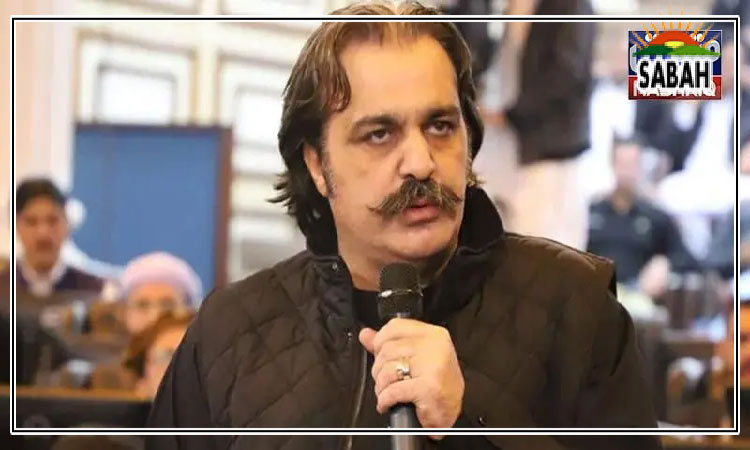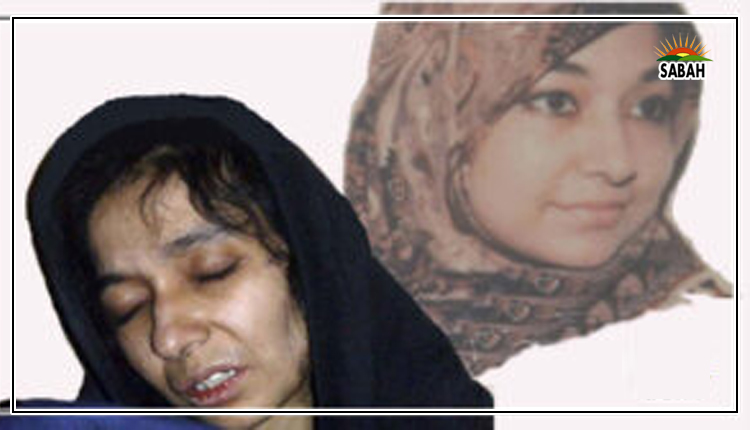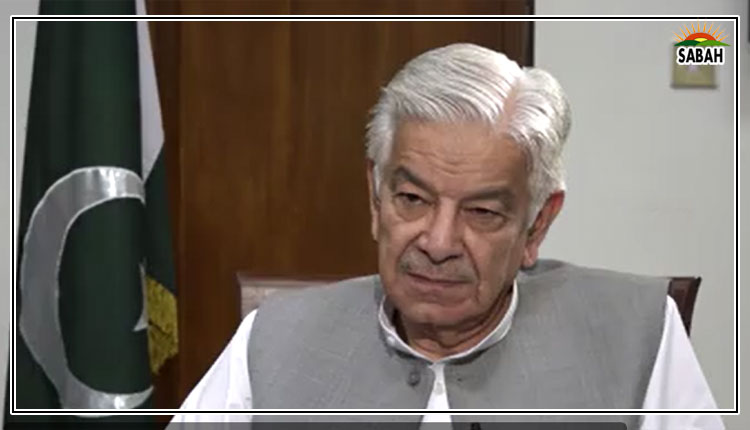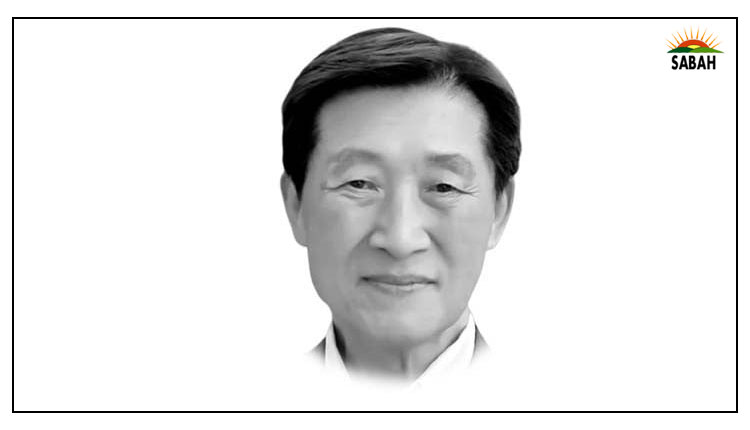From Korea with love: Pakistan is a land of limitless potential…. Dr Song Jong-Hwan
From June 2013 to May 2016, I had the honour and pleasure of serving as Ambassador of the Republic of South Korea to the Islamic Republic of Pakistan. When I left Pakistan, Professor Atif Faraz contributed an article to the Pakistan Observer with the title, Away but not gone, and a federal minister said that my efforts made him realise how one person can change many things. I was very proud to hear those compliments. I replied, Ill come back to Pakistan after 10 years to view the progress.
When I heard of the deluge in Pakistan last year and the recent economic difficulties, I was heartbroken. However, my faith that Pakistan can achieve great economic progress has not faltered.
Pakistan is sometimes associated with negative images of terrorism, but as one who served as an ambassador, I have never forgotten the kindness and hospitality of the people. I continue to do all I can to foster a closer relationship between South Korea and Pakistan, and strongly believe that with a population of more than 220 million, Pakistan is a land of limitless potential for growth. I would like to present the current status of the relationship between South Korea and Pakistan that the current South Korean Ambassador Suh Sangpyo explained, and propose some measures to further promote a closer relationship between the two countries.
When North Korea invaded South Korea on June 25, 1950, Pakistan sent a significant amount of cash to aid South Korea. Pakistan is a country we hold in gratitude because it shared the wisdom of its own economic development plan with South Korea when we were creating our first economic development five-year plan (1962-1966). As a nation that received aid from Pakistan in South Koreas most dire hour of need, South Korea is now in a position to be able to share some of its success. South Korea must strive to repay Pakistans generosity and work to develop a cooperative, win-win relationship with Pakistan, which will fill in for each others potential areas of weakness.
The government of South Korea has managed to increase the Economic Development Cooperation Fund (EDCF) loans for Pakistan to $1 billion for five years (2022-26). The Korea International Cooperation Agency (KOICA) is continuing to provide development grants to the Pakistani government. Through the EDCF, an IT park is being constructed in Islamabad. The two countries are actively pursuing cooperation in the areas of national defence, education and tourism. South Korean corporations such as Lotte Confectionery, Hyundai Motor Group, Samsung, and hydroelectricity companies are expanding their businesses to Pakistan. Currently there are more than 10,000 workers from Pakistan in South Korea, and this year the annual employment quota for workers from Pakistan has been increased to 3,800 per year.
During my tenure, the most frequently asked question of my Pakistani friends was: How did South Korea develop so amazingly in such a short time? In 1960, South Koreas per capita income was $79, which was lower than the average income of the Least Developed Countries. South Korea had only $20 million foreign exchange reserves. However, by 2010, the country was the first to change from an aid recipient country to a donor country. By the end of 2021, South Koreas per capita income was $34,940 and its foreign exchange reserves were more than $463.1 billion the 9th largest reserves in the world. South Korea could be the 4th country next year in the world in exports. The two most important reasons for South Koreas speedy development were: first, the economic development plans initiated by South Koreas visionary leader, President Park Chung-hee, who created a strong momentum; and second, the efforts and sacrifices of Koreans.
President Park first started implementation of the economic development 5-year plans. The first of these, from 1962-1967, was export-led industrialisation growth and then moved to rural area development through the Saemaul Undong literally meaning the New Village Movement to eradicate rural poverty in 1970.
South Koreas New Village Movement became a global model for poverty eradication. South Korea is working with 92 villages in 20 developing countries in the name of Global New Village Movement projects. New Village Movement, based on its sprit of diligence, self-help and cooperation, is South Koreas representative rural development model. In 2013, UNESCO listed the archives of the New Village Movement as a memory of the World Register, recognising the South Korean experience as a valuable asset for humankind.
Considering the fact that more than 50% of Pakistans population is engaged in agriculture, I am convinced the New Village Movement would be very beneficial for Pakistan. Already, South Korea is supporting New Village Movement trainings through exchange visits. KOICA and KOPIA (Korea Partnership for Innovation of Agriculture) stationed in Pakistan are important connectors of two countries.
Some projects were also planned under EDCF including Pak-Korea Value Addition Centre and Technology Park at the University of Agriculture, Faisalabad. The project is worth almost $29.11 million. If these projects had been implemented, the Pakistani government could be requested to designate Special Economic Zones to encourage greater investments by South Korean companies.
Koreas connection with Pakistan is thousands of years old. Buddhism was introduced to Korea in 384 AD by the monk Maranantha, born in Chota Lahore, Pakistan. I suggest that this ancient legacy should be used as a medium that can further develop the relationship between Pakistan and South Korea.
First, I suggest that the Buddhist community of South Korea establish a Gandhara Cultural Research Centre in Pakistan, with the goal of expanding it into a university specialising in the Buddhist historic sites of Pakistan.
Second, I suggest developing religious tourism programs in which the Korean Buddhist community can periodically visit Pakistan for pilgrimage to their holy sites. I recommend the resumption of plans to charter planes specifically for tourism in Pakistan, by widely promoting such plans in South Korea and to the overseas Pakistanis in South Korea.
Third, I recommend international exhibitions in several countries such as Thailand, China, South Korea and Japan of the Fasting Siddhartha which is housed in the Lahore Museum. I am certain that such an exhibition of the intricate beauty of Pakistans art will deeply move the Buddhist community all over the world and provide an opportunity to replenish Pakistans foreign currency reserves.
South Korea is promoting its second largest city, Busan, to host the 2030 World Expo. As South Korean President Yun Suk Yeol introduced in Davos, Switzerland on January 19, Busan is an international, industrial, and cultural convergence city with the worlds second-largest harbour hub and where Asias largest international film festival is held every year. He said, We will use such characteristics of Busan to pursue the Busan Initiative, a tailored international cooperation program based on the needs of each country. I, as Pakistans devoted friend, cordially request that the Pakistani government and our Pakistani friends support South Koreas bid for the 2030 World Expo.
Courtesy The Express Tribune, February 12th, 2023.












